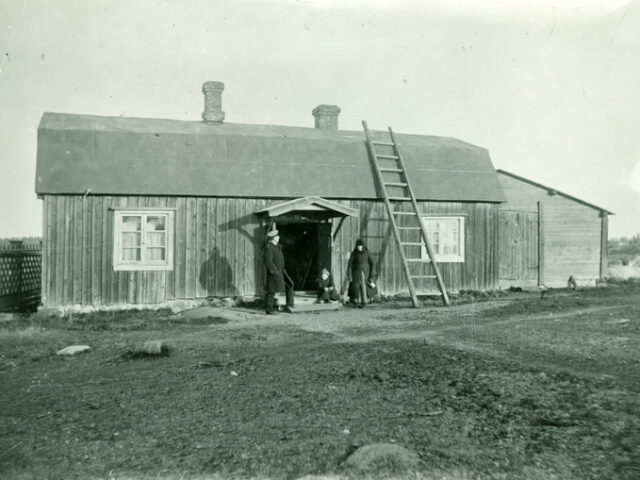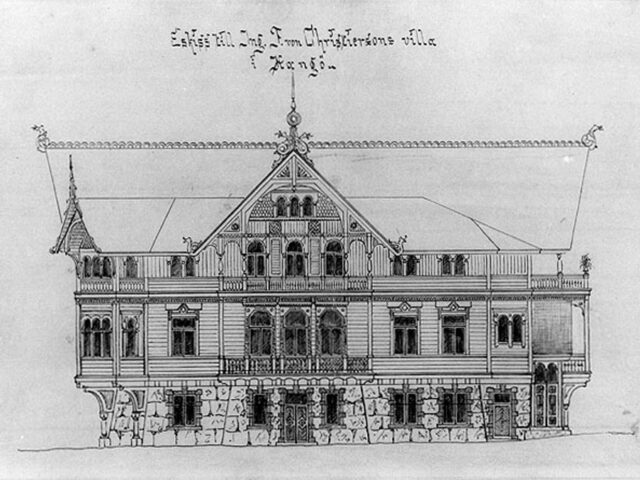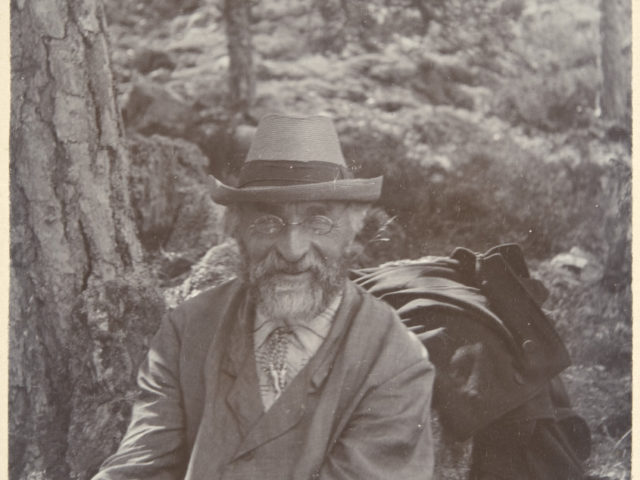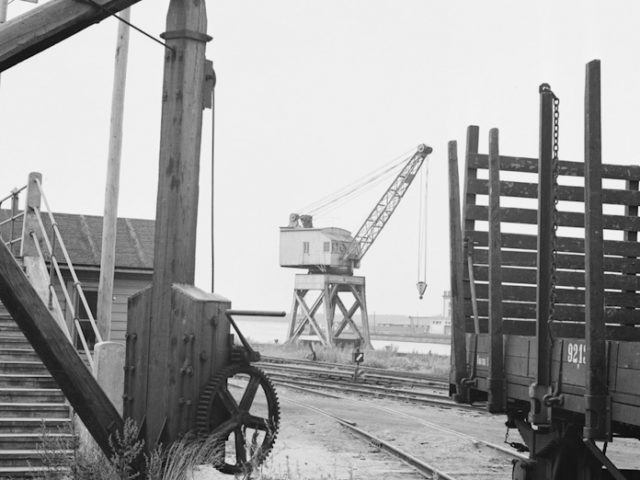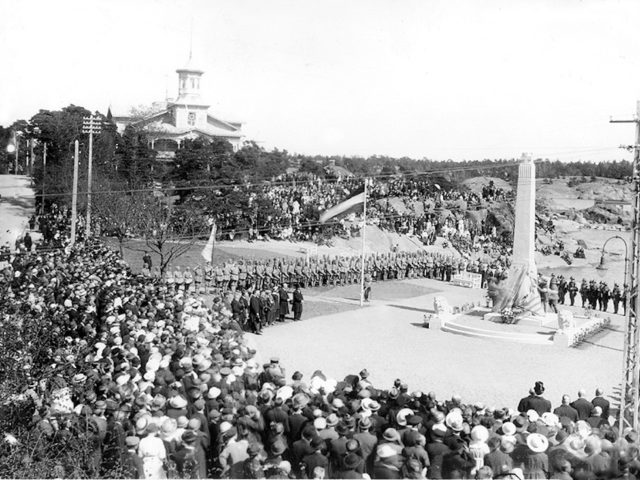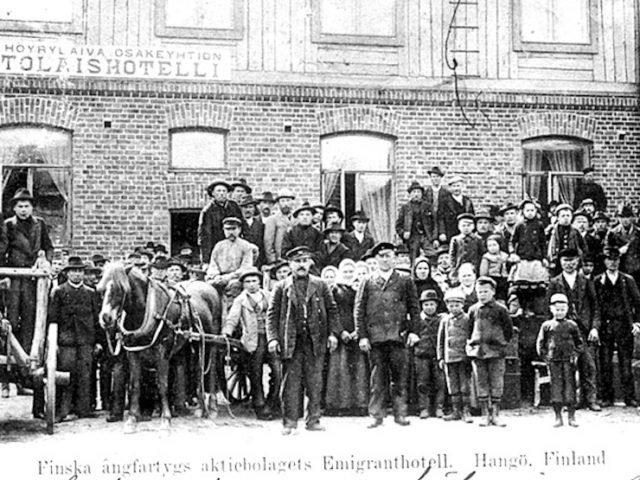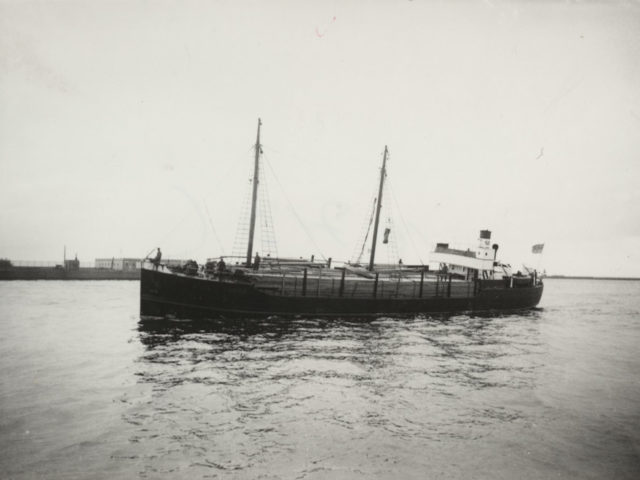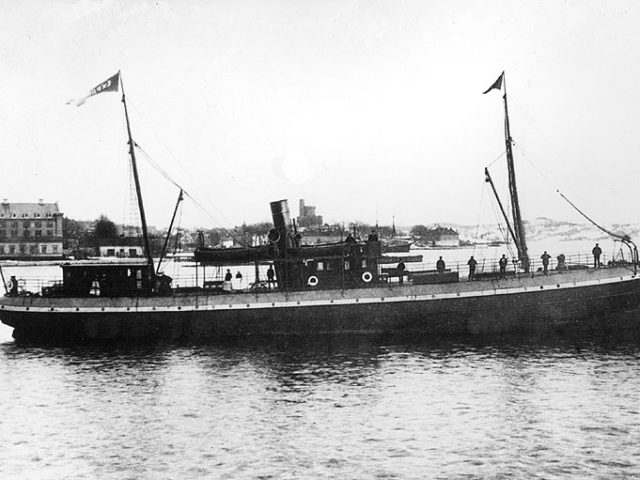Hangon museo perustettiin jo vuonna 1907 vaikka alkutaival oli hieman kangerteleva. Tammisaareen oli perustettu oma museo 1906, joten pitihän myös Hankoon saada sellainen. 1900-luvun alku oli muutenkin vilkasta aikaa museokentällä Suomessa. Tärkeätä oli nostaa esille Suomen erillispiirteet vuosisadan alun venäläistämisyritysten keskellä. Museo aloitti toimintansa Fohlinin tuvassa Korkeavuorenkadulla.
View moreThalatta! Thalatta! Greek warriors shouted for joy this word for the sea 400 years before the end of time. The poorly run military expedition turned into a relief when they saw the homely shores of the Black Sea. A couple of thousand years later, even in Hanko you can shout for joy Thalatta! Then you will say hello to a wonderful wooden villa on the southern slope of Vartiovuori right by the sea.
View moreHanko's town hall was completed in September 1926. The designers of the building were Armas Lindgren and Bertel Liljequist. The activity in the town hall was lively. There were concerts, plays, dance performances and lectures. Of course, the entire city administration was also in the building. In 1941, the Continuation War began, and Russian troops blew up the town hall when they retreated from the city in December. The current town hall was completed in 1951.
View moreThe zoological station in Tvärminne was founded by zoology professor Johan Axel Palmén in 1902. His goal was to establish a marine field station in an area with a diverse environment and thus good opportunities for research. After his death, the position was transferred to the University of Helsinki as a testamentary donation in 1919.
View moreHangon sataman vanhin säilynyt nosturi otettiin käyttöön heinäkuussa 1911. Ransomes & Rapier Ltd Lontoossa toimitti osat ja insinööritoimisto Zitting & co Helsingistä kasasi sen. Nosturi on peruskorjattu vuonna 2020.
View moreVapaudenpatsas pystytettiin 1921 saksalaisten 3. huhtikuuta 1918 tapahtuneen maihinnousun muistoksi. Suunnittelutyöstä vastasi Ab Granit ja patsaan ulkoasun muotoili kuvanveistäjä Bertel Nilsson. Vapaudenpatsas on sotien jälkeen ollut kiistanalainen; se purettiin neuvosto vuokraaikana ja pystytettiin uudestaan 1943. Vuonna 1946 patsas purettiin jälleen, mutta vuodesta 1960 patsas on ollut nykyisenkaltainen tekstillä ”Vapautemme puolesta”.
View moreHanko was the most important departure city for emigrants at the turn of the 19th and 20th centuries. About 250,000 Finns left in search of a new life through the port of Hanko. Accommodation capacity has always been a problem in Hanko, and at the beginning of the 20th century there were especially many immigrants in Hanko who stayed here for a night or two before continuing their journey through England to the United States. Suomen Höyrylaivahtiö, which was responsible for the emigrants' journey from Finland, decided to build an emigrant hotel on the Boulevard in 1902.
View moreOn the dark and rainy evening of October 1957, the motor ship Asa Finn, which was sailing in coal cargo, got lost on the fairway west of Hanko and crashed into the rocks. The mainings of the passing ships rocked the ship and Asa Finn began to fill with water. Captain August Route drove the ship to the nearest shoal where it sank between Lilla and Södra Klippingen. Asa Finn was just one of the names of the ship. During the Prohibition Act, the ship chartered relief for the thirsty from the southern neighbor and it was known by the nickname Pirtu-Veera. The ship was built in 1918 in Norköping, Sweden and was baptized in Wera.
View moreThe steamship Express has a legendary place in Finnish history. The Express was built at Oskarshamn Shipyard in Sweden in 1877, and the ship was ordered by the Finnish company Finska Transito Ångbåts. It was 42.4 m long, 6.9 m wide and 3.5 m deep, with a top speed of 10.7 knots on a 400-horsepower engine. In open water, the journey from Hanko to Stockholm took 17 hours.
View more
